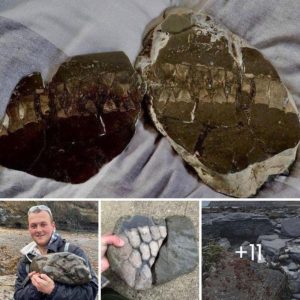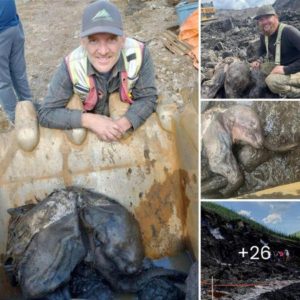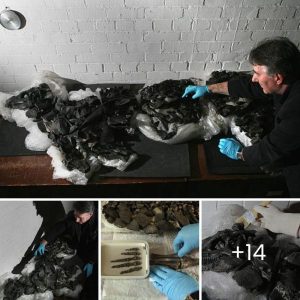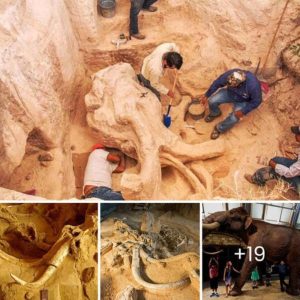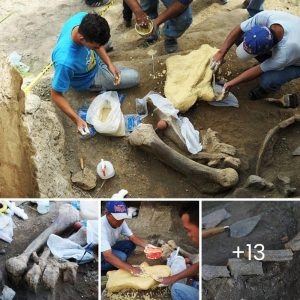Sauropodomorpha, a suborder of the dinosaur family, included some of the largest terrestrial animals to ever exist. These magnificent creatures roamed the Earth during the Late Triassic and Jurassic periods, showcasing a remarkable diversity in size, shape, and adaptations.
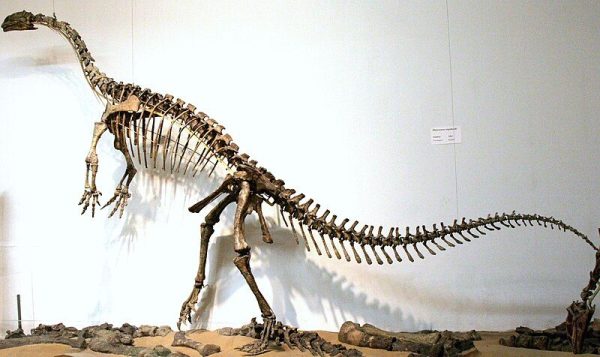
From the comparatively modest Plateosaurus to the colossal Argentinosaurus, Sauropodomorpha dinosaurs were the true behemoths of their time.
Sauropodomorphs were obligate herbivores, meaning their diet consisted exclusively of plant material. To support their massive bodies, they developed unique adaptations for efficient plant consumption.
Their long necks allowed them to reach vegetation that was otherwise inaccessible to other herbivores, and their powerful jaws and specialized teeth enabled them to efficiently process plant matter.
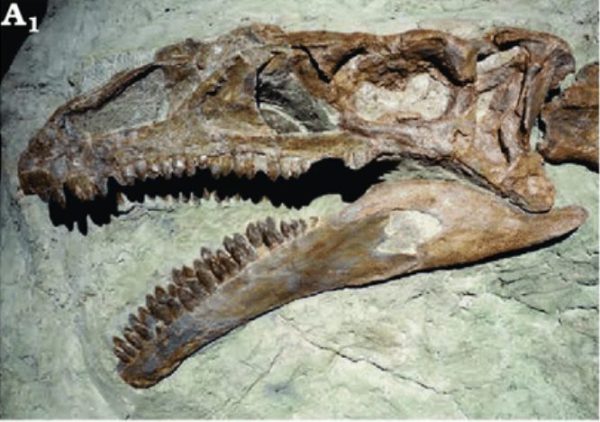
One of the most distinguishing features of Sauropodomorpha dinosaurs was their enormous size. Some reached lengths of up to 100 feet and weighed as much as 100 tons. Their long necks and tails, coupled with pillar-like legs, made them well-suited for a quadrupedal lifestyle.
The elongated necks were composed of numerous vertebrae, which allowed for a wide range of movement and facilitated browsing on vegetation high above the ground.
Fossils of Sauropodomorpha have been unearthed on nearly every continent, providing invaluable insights into the Earth’s ancient past. Argentina, for instance, is renowned for its rich deposits of Sauropodomorph fossils, including the impressive Argentinosaurus.
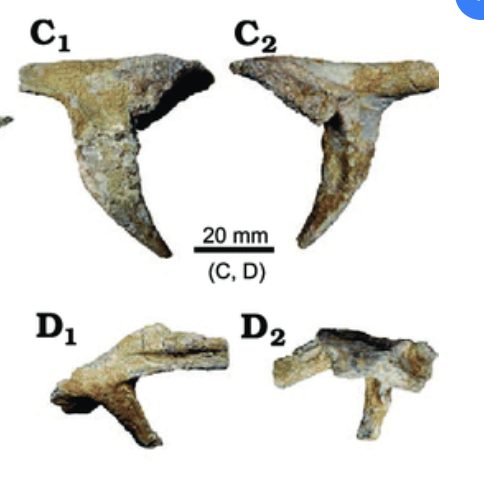
In North America, iconic species like Brachiosaurus and Apatosaurus have left their mark, while Africa boasts the enigmatic Nigersaurus.
Studying Sauropodomorpha fossils has enabled scientists to trace the evolutionary history of these colossal herbivores. It is believed that they shared a common ancestor with the theropods, a group that includes the fearsome Tyrannosaurus rex.
This branching of the evolutionary tree resulted in the development of both carnivorous theropods and herbivorous Sauropodomorpha.
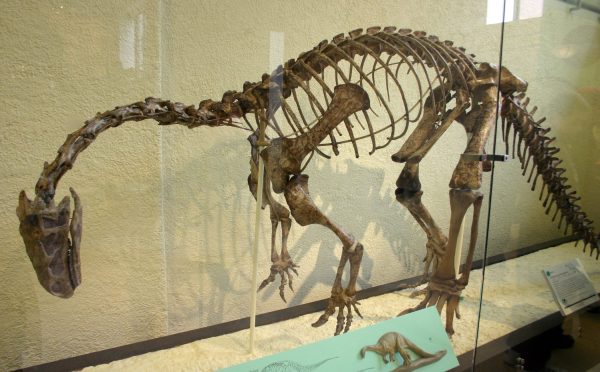
Sauropodomorpha dinosaurs played a significant role in shaping the prehistoric ecosystems. By consuming vast quantities of plant material, they influenced vegetation composition and distribution, effectively engineering their surroundings.
In turn, this impacted the diversity and distribution of other species, illustrating the interconnectedness of life in the ancient world.

